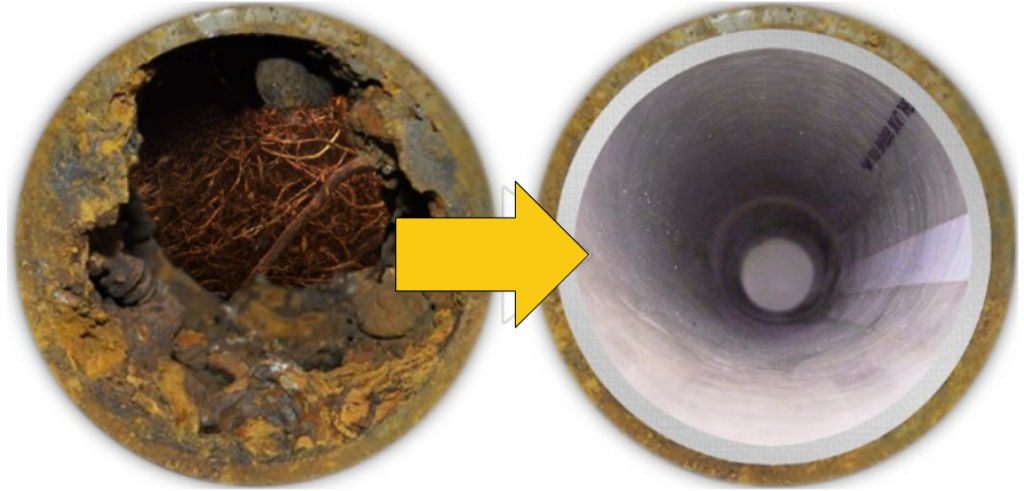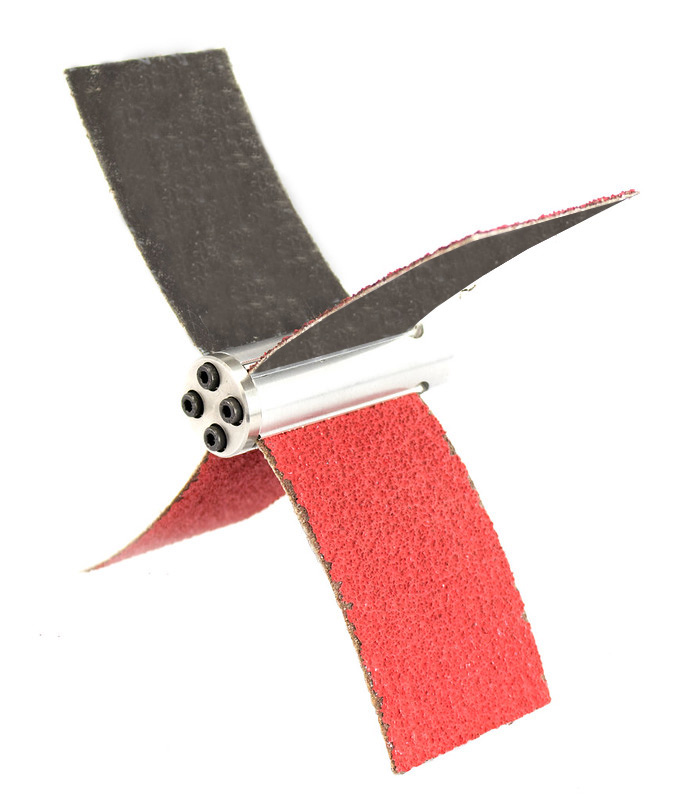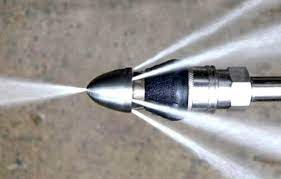
How are Underground Drain Pipes Cleaned Before Pipe Lining?
Cleaning underground drain pipes before pipe lining is essential to ensure optimal adhesion and longevity of the lining. The cleaning process involves removing any blockages, debris, and buildup from the pipes. Here’s how underground pipes are cleaned without breaking them:
Inspection: The first step is to perform a thorough inspection of the pipes using specialized tools like CCTV cameras. This helps identify the extent of blockages, cracks, or damage in the pipes.
High-Pressure Water Jetting: High-pressure water jetting is a commonly used technique to clean underground pipes. It involves using a powerful jet of water to remove blockages, sediment, and debris from the pipes. The high-pressure water breaks up clogs and flushes away accumulated material.
Mechanical Cleaning: In cases where high-pressure water jetting is not sufficient, mechanical cleaning methods may be employed. This can include the use of rotating brushes or cutting tools to dislodge stubborn blockages and remove encrusted deposits.
Root Cutting: If tree roots have intruded into the pipes, specialized cutting tools are used to remove them. Root cutting ensures that the pipes are cleared of any root obstructions that can cause blockages and damage.
Vacuuming and Flushing: After the initial cleaning is complete, a vacuuming or flushing process is carried out to remove loosened debris and ensure the pipes are thoroughly cleaned. This step helps create a clean surface for the pipe lining to adhere to.
It’s important to note that the cleaning process may vary depending on the specific condition of the pipes and the equipment available.
The Cyclone Chain Pipe Cleaner from Picote is a powerful and efficient tool designed to clean and descale drain and sewer pipes. It utilizes a unique chain system that effectively removes stubborn deposits and blockages from the pipe walls.
Here’s how the Cyclone Chain Pipe Cleaner works:
Preparation: The Cyclone Chain Pipe Cleaner is attached to a high-speed drill, which provides the rotational power needed for the tool to operate effectively. Before starting, ensure that the drill is securely connected to the Cyclone Chain Pipe Cleaner.
Chain Assembly: The tool consists of a chain assembly made up of multiple individual chains with specially designed attachments. These chains are arranged in a helical pattern, forming a rotating cleaning head.
Insertion into the Pipe: The operator inserts the Cyclone Chain Pipe Cleaner into the pipe through an access point or a cleanout. The size of the tool will depend on the diameter of the pipe being cleaned.
Rotation and Cleaning Action: Once inside the pipe, the drill is turned on, causing the Cyclone Chain Pipe Cleaner to rotate rapidly. As the chains spin, the attachments on each chain scrape and impact the inner surface of the pipe, dislodging and removing deposits, scale, roots, and other obstructions.
Thorough Cleaning: The rotational motion of the chains allows the cleaning action to be distributed evenly along the entire circumference of the pipe. The chain system effectively reaches even hard-to-reach areas, ensuring a thorough cleaning process.


The Picote Smart Cutter is a versatile cutting tool designed for drain and sewer pipe rehabilitation and repair. It is used to remove obstructions, roots, and scale from the inside of pipes. The Smart Cutter operates using a combination of high-speed rotation and cutting blades to effectively clear and clean the pipe.
Here’s how the Picote Smart Cutter tool works:
Preparation: The Smart Cutter is attached to a flexible shaft, which is connected to a power source such as a drill or a Picote milling machine. The selection of the appropriate size and type of cutter head depends on the specific pipe diameter and the type of material being treated.
Insertion into the Pipe: The operator inserts the Smart Cutter into the pipe through an access point or cleanout. The flexible shaft allows the tool to navigate bends and curves in the pipe, reaching the desired location for cutting.
Rotation and Cutting Action: Once inside the pipe, the power source is turned on, causing the Smart Cutter to rotate at a high speed. The rotational motion provides the cutting action necessary to remove obstructions. The cutting blades, located on the outer surface of the Smart Cutter, effectively grind away roots, scale, and other blockages as they come into contact with the pipe walls.
Precision and Control: The Smart Cutter is designed to provide precision and control during the cutting process. The operator can guide the tool through the pipe, ensuring targeted cutting and avoiding damage to the pipe itself. Different cutter heads may be used depending on the specific needs of the job, such as removing roots, scaling, or other types of blockages.
Debris Removal: As the cutting process takes place, the dislodged material is carried away by the flow of water or can be flushed out using additional water jetting or vacuuming equipment. This helps to clear the pipe and ensure proper flow.
Inspection and Verification: After using the Smart Cutter, it is important to inspect the pipe using CCTV cameras or other inspection tools to assess the effectiveness of the cutting operation and confirm the removal of obstructions. This step helps verify the success of the cleaning process and identify any additional areas that may require attention.
Hydro jetting is a highly effective method for cleaning pipes after using the tools above. It involves using a high-pressure water jet to flush out and clear the inside of the pipes. Here’s how hydro jetting works:
Assessment: Before initiating hydro jetting, a thorough assessment of the pipe condition is typically performed using CCTV cameras or other inspection tools. This helps identify the type and location of blockages and ensures that the pipe is suitable for hydro jetting.
Equipment Setup: A specialized hydro jetting machine is used, which consists of a high-pressure water pump, a flexible hose, and a nozzle. The machine is connected to a water supply source, such as a water tank or a municipal water line.
Nozzle Insertion: The hydro jetting hose with the nozzle attached is inserted into the pipe through an access point or cleanout. The nozzle is designed to deliver a powerful and concentrated water jet in various directions.
Water Pressure Application: Once the nozzle is inside the pipe, the hydro jetting machine is turned on, and pressurized water is pumped through the hose. The water pressure can range from 1,500 to 4,000 psi (pounds per square inch) or even higher, depending on the specific requirements of the cleaning job.
High-Pressure Water Jet: As the pressurized water flows through the nozzle, it creates a highly focused and forceful water jet. The water is emitted in a forward and backward direction, as well as at various angles, to cover the entire circumference of the pipe. This helps dislodge and break apart the blockages.
Blockage Removal: The high-pressure water jet is capable of breaking up and flushing away the accumulated debris, grease, roots, and other obstructions inside the pipe. The force of the water is strong enough to dislodge stubborn blockages and propel them downstream in the pipe, eventually clearing the line.
Debris Disposal: The dislodged debris and wastewater are carried away by the pipe’s natural flow or can be assisted by additional flushing or vacuuming equipment. This ensures that the cleared debris is completely removed from the pipe system.
Inspection and Verification: After hydro jetting, it is advisable to perform a post-cleaning inspection using CCTV cameras or other tools to confirm the effectiveness of the cleaning process. This helps assess the condition of the pipes, identify any remaining issues, and ensure that the blockages have been thoroughly removed.

